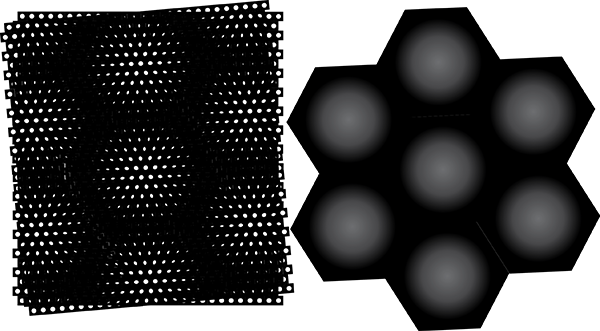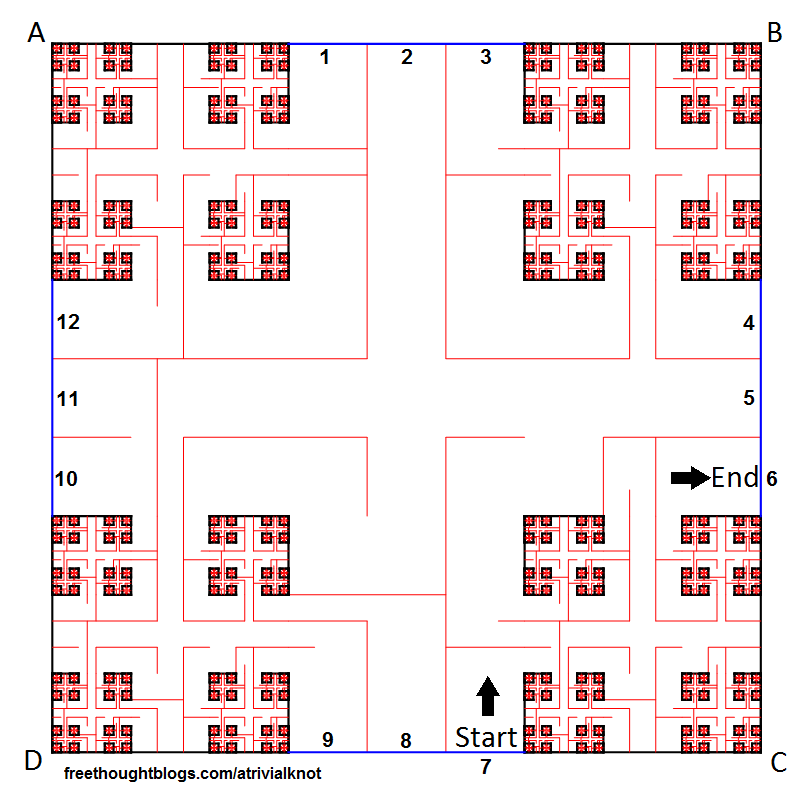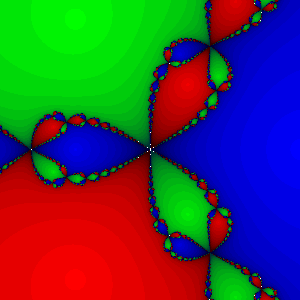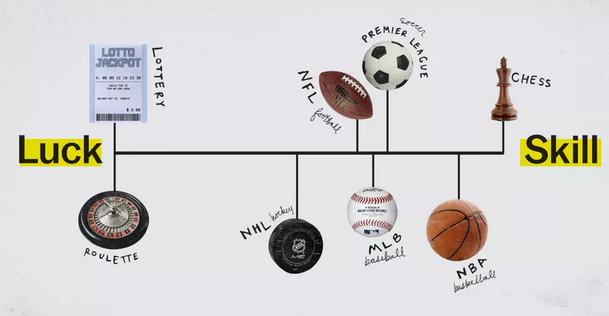A Moiré pattern is the interference pattern that emerges when you superimpose two grids that nearly line up. For instance, you could have two identical metal sheets with circular holes. If you put one in front of the other, and slightly rotate it, then you get a Moiré pattern.

Left: a Moiré pattern formed by two hexagonal grids of circular holes, one rotated by 5 degrees. Right: an artist’s (my) conception of the resulting Moiré pattern. This and all other images were drawn “by hand” (with Illustrator), so please accept some imperfection.
A reader expressed curiosity about what would happen if you replaced the circles with a different shape. As it happens, I am a former condensed matter physicist, which makes me a sort of expert in lattices. So I already know the answer, but let me walk you through with illustrations.



